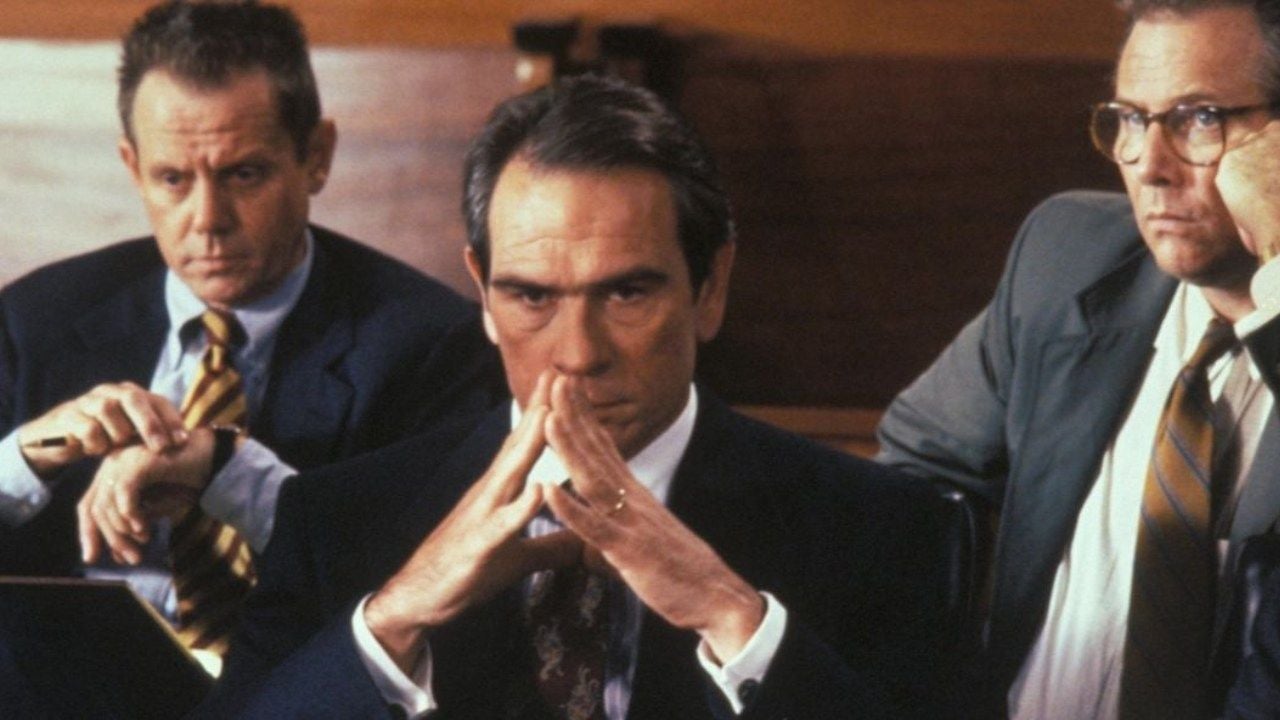On December 16, 1773, the inhabitants of the American colonies rebelled against an arbitrary decision of the English metropolis, throwing 45 tons of tea into the sea in Boston Harbor. More than 250 years ago, several regions of northeastern North America were still dominated from England. Immigrants from the colonies enjoyed few rights and the product of their labor served a single goal: to enrich the metropolis. England imposed taxes on the colonies on products such as tea, sugar, wine, paper, and ink.
The immigrants then wondered whether it was legitimate to let themselves be ruled by the crown in this way, even without being represented in the English parliament. Many of them then began to demand the abolition of taxes as long as they could not have representatives to participate in government decisions.
Boycott English products
The resistance against the metropolis grew every day. In 1768, John Dickinson wrote the United States’ first patriotic song, the Liberty Song. At the time, a real boycott of English products began. American women, for example, began to weave their own fabrics, no longer purchasing English fabrics.
Immigrants began to avoid even consuming tea and sugar from England. The trade was largely dominated by traffickers, who obviously did not charge taxes. The English government, in turn, forced to react promptly, decided in 1770 to abolish all special taxes paid by the American colonies. Only taxes on English tea remained.
The main consumer product of American society at the time, tea was appreciated not only by the elite, but by all strata of the population. Precisely for this reason, the metropolis’s insistence on the tax on tea aroused great irritation among immigrants to the colonies. This irritation grew even more when the English government, in May 1773, granted the East India Company permission to sell its tea production on special terms to the colony.
Fear of monopolies
Interested in helping the company, the English metropolis allowed it to suspend the payment of customs duties, due to the financial difficulties it was experiencing. Other traders in the colonies feared that the East India Company might monopolize the market and therefore opposed, for economic reasons, the entry of this tea into the country.
As the company’s ships docked in New York, Philadelphia, Charleston, and Boston, local merchants organized resistance movements. In two cities the ships were forced to return to their original destination. Only in Boston did the governor manage to land tea. On the night of December 16, 1773, five thousand people gathered in the city to protest against the official decision.
The “Tea Party”
A group of 50 to 100 men, dressed as Indians, went to Boston Harbor, emptied the ships and threw about 45 tons of tea into the sea. George Hewes, one of the participants in the action, later described what happened: “In the morning, after throwing the tea into the sea, we found that there were still large quantities of it floating on the water. To prevent anyone from taking this tea to use boys, three small boats were sent to all the places where it was still visible. There the men pushed the tea with oars, until it was completely wet and, therefore, unusable.”
The event became known throughout the country as the Boston Tea Party. The men who threw the tea into the sea were imitated in many other cities across the country and came to be known as the first heroes of the American independence movement.
As German Hartmut Keil, a specialist in North American issues, explains, “most of these men were manual workers, including construction workers, painters and carpenters. Some intellectuals were also present – a teacher and a doctor, for example – , which demonstrates the scale of the event.”
After what happened, the English government severely punished the inhabitants of Boston, closing the city’s port and giving the military the right to occupy civilian homes. However, the independence movement was not shaken by such measures. Three years after the “Boston Tea Party”, 13 colonies founded the United States of America.
Source: Terra
Rose James is a Gossipify movie and series reviewer known for her in-depth analysis and unique perspective on the latest releases. With a background in film studies, she provides engaging and informative reviews, and keeps readers up to date with industry trends and emerging talents.


![Such a wonderful sun in advance: Summary of the episode on August 28, 2025 [SPOILERS] Such a wonderful sun in advance: Summary of the episode on August 28, 2025 [SPOILERS]](https://fr.web.img2.acsta.net/img/9b/10/9b10f4f0224ab0aea303ed7fbf38edd1.jpg)




